Synthetic Cells: Building Life to Understand It – Katarzyna Adamala | iBiology (2021)
Dr. Katarzyna Adamala of the University of Minnesota describes what synthetic cells are and how they can teach us the fundamental principles of life. By looking at the fundamental molecules of (RNA, DNA and Proteins) biologists are certain that life on Earth evolved only once. All biological systems (including viruses that are technically non-living) on our planet are rooted in the same fundamental framework. This framework appears extremely complex and we have yet to fully understand the processes inside living […]


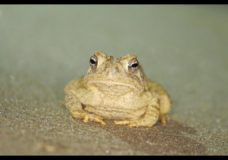

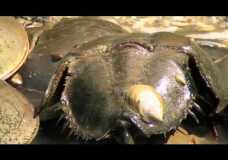

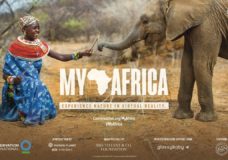
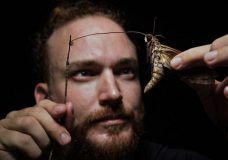



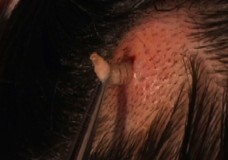

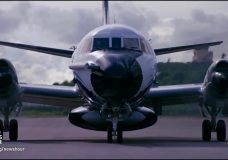
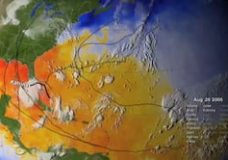
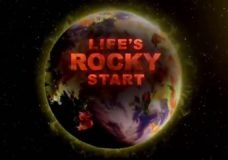

Recent Comments